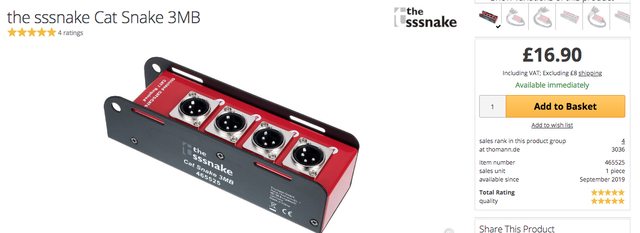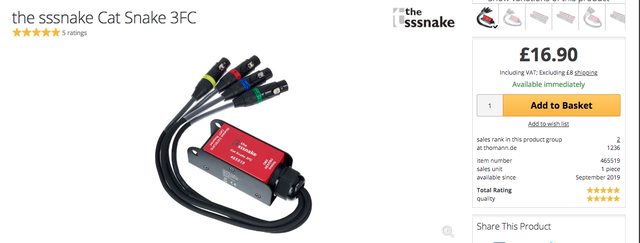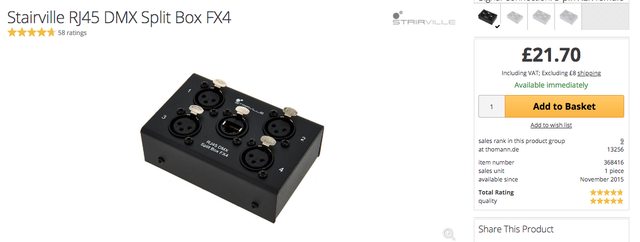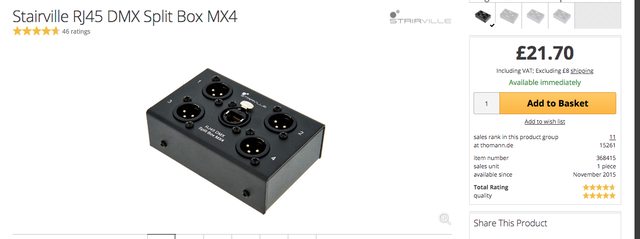juliusbusch
Member
I just finished this little tool.

There is nothing special to it, so I open sourced it.
Electronics files:
https://1drv.ms/u/s!AmL4KhemsqWQivJILj5mJUTWvd_BaQ?e=3roIFm
Housing files:
https://1drv.ms/u/s!AmL4KhemsqWQivJGEl4mWK1CDSmcDA?e=pEu7CQ
Frontpanel files:
https://1drv.ms/u/s!AmL4KhemsqWQivJFqj6OZk_EL07Fhg?e=WFR7Sf



Have fun and stay safe

There is nothing special to it, so I open sourced it.
Electronics files:
https://1drv.ms/u/s!AmL4KhemsqWQivJILj5mJUTWvd_BaQ?e=3roIFm
Housing files:
https://1drv.ms/u/s!AmL4KhemsqWQivJGEl4mWK1CDSmcDA?e=pEu7CQ
Frontpanel files:
https://1drv.ms/u/s!AmL4KhemsqWQivJFqj6OZk_EL07Fhg?e=WFR7Sf



Have fun and stay safe









